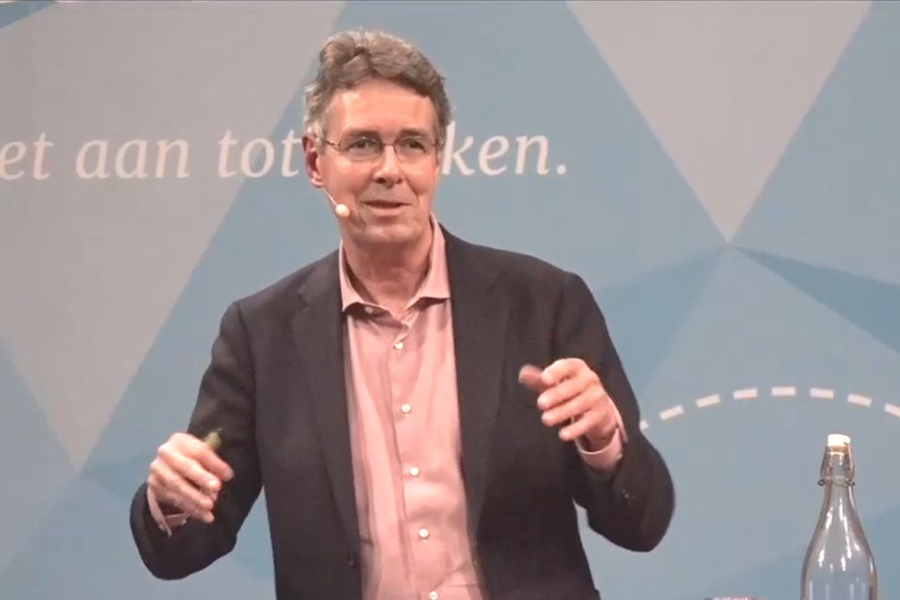Don't let the numbers do the talking

It is crystal clear that Joe Biden won the election, yet some American voters think otherwise. In countries severily hit by the pandemic, there are still citizens who deny COVID-19 is a problem. How it is possible that people can come to different conclusions from the same numbers? Political economist Prof Daniel Mügge (UvA) who has been studying macroeconomic indicators and their use for over six years, says: "When I started this research it was sort of rebellious to say: maybe we need to take a closer look at what's behind the numbers. In the past six years it has become mainstream to doubt the figures." In his talk optimism, pessimism and statistics, he explains why we can't seem to agree on the numbers anymore. Why statistics are no longer the compass to navigate on in our world. What went wrong?
"There is a gap between the measurement of the economy and our experience of it, because the numbers were not made for the world we live in now"
Measurements are outdated
We use numbers to make sense of our world. But in doing so, we necessarily measure simplifications of the real world. For instance, we use abstract concepts such GDP and inflation rate to make a point about the economy. But these are measures that were developed in the 1950's. They were suitable when the number of car tires or liters of milk produced were representative of growth, and when the number of able bodied males working in factories was representative for how the job market was doing.
But these days, we mostly produce services instead of car parts. How do you measure google maps in production terms? People consume stuff like TikTok and that doesn't show up in GDP: what is produced here exactly, where is it produced, and how do you measure consumption of it? We do not work so much in factories anymore: zero hour contracts and the gig economy blur the lines between work and leisure.
So that is why you can read in the newspaper that the economy is growing, but not experience that in your own life. The standard indicators are less suited in present day realities and therefore are less useful to give a picture of what is going on. There is a gap between the measurement of the economy and our experience of it, because the numbers were not made for the world we live in now.

Meaningless averages
Now, we live in a globalised and increasingly complex world. The averages we use comprise increasingly unequal situations. If there is global average growth, this might mean growth in China and decline elsewhere. The USA may be the richest country in the world, it also knows third-world poverty. The things you might fear – environmental destruction, poor health, poor working conditions – are already a daily reality for many other people. They stay out of sight because of meaningless averages.
So if you ask, do the numbers spell optimism or pessimism, the return question is: optimism or pessimism for whom? The perspective of the person asking may make a big difference. The numbers cannot speak for themselves, they need a narrative to make sense. Contesting stories around the same numbers are bound to happen, because these same numbers may mean very different realities to different people. People will disagree on how to interpret statistical trends. And in the past years we have seen how fragile our shared reality has become: there is no longer consensus on what the numbers tell us.
Temper your expectations
In a world of increasing complexity, fraying order, competing interpretations, and stark differences in what we want from the world, we have to accept that there are limits to what statistics can tell us. It's not that statistics can no longer be trusted at all, or that they are maliciously manipulated. But there are limits to their usefulness, and we shouldn't overload statistics with expectations they cannot meet, because then they will cloud our view on reality.
Watch Daniel Mügges whole lecture here.













